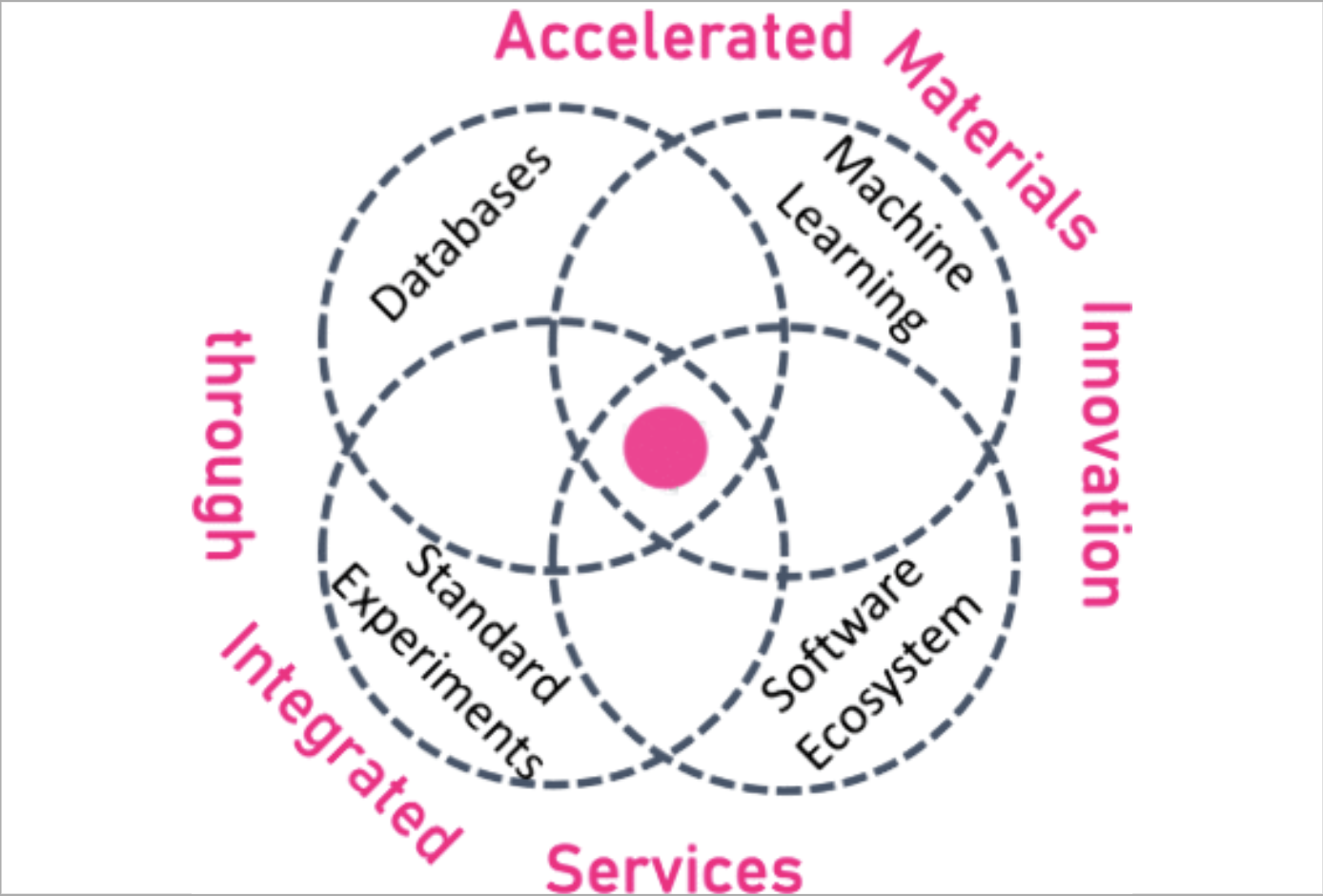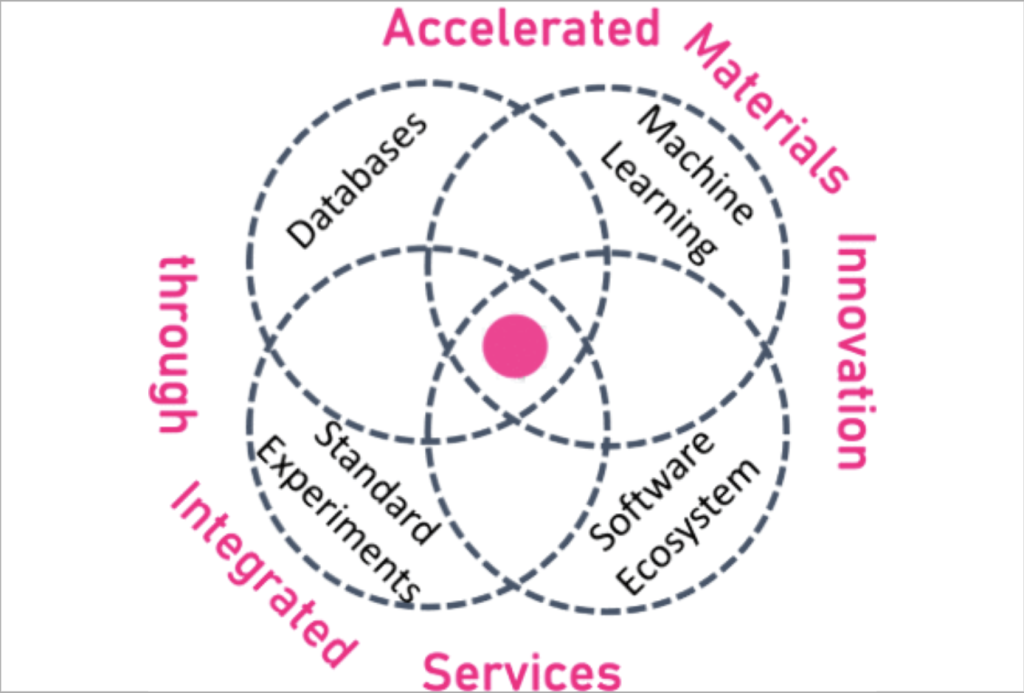
A Vision for the Future of Materials Innovation and How to Fast-Track It with Services
EMMA Approach proves fast-tracking material innovation with integrated measurement and software services.
Today, we witness how our scientific ecosystem tries to accommodate a new form of intelligence, artificial intelligence (AI). To make the most of AI in materials science, we need to make the data from computational and laboratory experiments machine-readable, but while that works well for computational experiments, integrating laboratory hardware into a digital workflow seems to be a formidable barrier toward that goal. This paper explores measurement services as a way to lower this barrier. I envision the Entity for Multivariate Material Analysis (EMMA), a centralized service that offers measurement bundles tailored for common research needs. EMMA’s true strength, however, lies in its software ecosystem to treat, simulate, and store the measured data. Its close integration of measurements and their simulation not only produces metadata-rich experimental data but also provides a self-consistent framework that links the sample with a snapshot of its digital twin. If EMMA was to materialize, its database of experimental data connected to digital twins could serve as the fuel for physics-informed machine learning and a trustworthy horizon of expectations for material properties. This drives material innovation since knowing the statistics helps find the exceptional. This is the EMMA approach: fast-tracking material innovation by integrated measurement and software services.
This abstract was excerpted from the ACS Publications. You can read the full article here.
